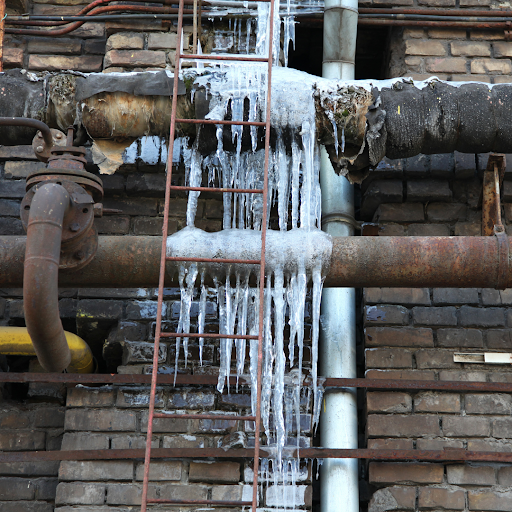What are your thoughts with regards to Winter Plumbing Precautions: Preventing Frozen Pipes?
.jpg)
Cold weather can damage your plumbing, especially by freezing pipelines. Here's just how to stop it from occurring and what to do if it does.
Intro
As temperatures decrease, the threat of icy pipes increases, potentially causing pricey fixings and water damages. Comprehending how to prevent icy pipes is essential for home owners in chilly environments.
Understanding Icy Pipes
What creates pipes to ice up?
Pipelines ice up when subjected to temperature levels below 32 ° F (0 ° C) for extended durations. As water inside the pipelines freezes, it expands, taxing the pipeline walls and possibly triggering them to burst.
Dangers and damages
Frozen pipelines can bring about water disturbances, property damages, and costly repair work. Burst pipes can flooding homes and trigger comprehensive architectural damage.
Indicators of Frozen Pipes
Identifying frozen pipelines early can prevent them from bursting.
Exactly how to determine icy pipes
Try to find decreased water circulation from faucets, uncommon odors or sounds from pipelines, and noticeable frost on revealed pipelines.
Prevention Tips
Protecting vulnerable pipelines
Cover pipelines in insulation sleeves or make use of heat tape to protect them from freezing temperature levels. Focus on pipelines in unheated or exterior areas of the home.
Heating strategies
Keep interior spaces properly heated, especially areas with pipes. Open cabinet doors to enable cozy air to distribute around pipelines under sinks.
Safeguarding Outdoor Pipes
Garden hose pipes and outside taps
Separate and drain yard hose pipes prior to winter season. Install frost-proof faucets or cover exterior faucets with shielded caps.
What to Do If Your Pipes Freeze
Immediate activities to take
If you think frozen pipes, maintain faucets open up to relieve stress as the ice melts. Utilize a hairdryer or towels taken in hot water to thaw pipelines slowly.
Long-Term Solutions
Structural adjustments
Think about rerouting pipelines away from exterior wall surfaces or unheated areas. Add extra insulation to attic rooms, basements, and crawl spaces.
Updating insulation
Buy premium insulation for pipes, attic rooms, and wall surfaces. Appropriate insulation aids preserve constant temperature levels and lowers the threat of icy pipes.
Final thought
Avoiding icy pipes needs proactive measures and quick responses. By understanding the reasons, indicators, and safety nets, property owners can secure their pipes during winter.
5 Ways to Prevent Frozen Pipes
Drain Outdoor Faucets and Disconnect Hoses
First, close the shut-off valve that controls the flow of water in the pipe to your outdoor faucet. Then, head outside to disconnect and drain your hose and open the outdoor faucet to allow the water to completely drain out of the line. Turn off the faucet when done. Finally, head back to the shut-off valve and drain the remaining water inside the pipe into a bucket or container. Additionally, if you have a home irrigation system, you should consider hiring an expert to clear the system of water each year.
Insulate Pipes
One of the best and most cost-effective methods for preventing frozen water pipes is to wrap your pipes with insulation. This is especially important for areas in your home that aren’t exposed to heat, such as an attic. We suggest using foam sleeves, which can typically be found at your local hardware store.
Keep Heat Running at 65
Your pipes are located inside your walls, and the temperature there is much colder than the rest of the house. To prevent your pipes from freezing, The Insurance Information Institute suggests that you keep your home heated to at least 65 degrees, even when traveling. You may want to invest in smart devices that can keep an eye on the temperature in your home while you’re away.
Leave Water Dripping
Moving water — even a small trickle — can prevent ice from forming inside your pipes. When freezing temps are imminent, start a drip of water from all faucets that serve exposed pipes. Leaving a few faucets running will also help relieve pressure inside the pipes and help prevent a rupture if the water inside freezes.
Open Cupboard Doors
Warm your kitchen and bathroom pipes by opening cupboards and vanities. You should also leave your interior doors ajar to help warm air circulate evenly throughout your home.

We hope you liked our part about How To Avoid Freezing Pipes. Thanks a ton for taking a few minutes to read our article post. Sharing is nice. Who knows, you may just be doing someone a favor. Thanks for going through it.
Details Here
Comments on “Tips to Protect Pipes from Cold Weather Issues: Essential Guidance”